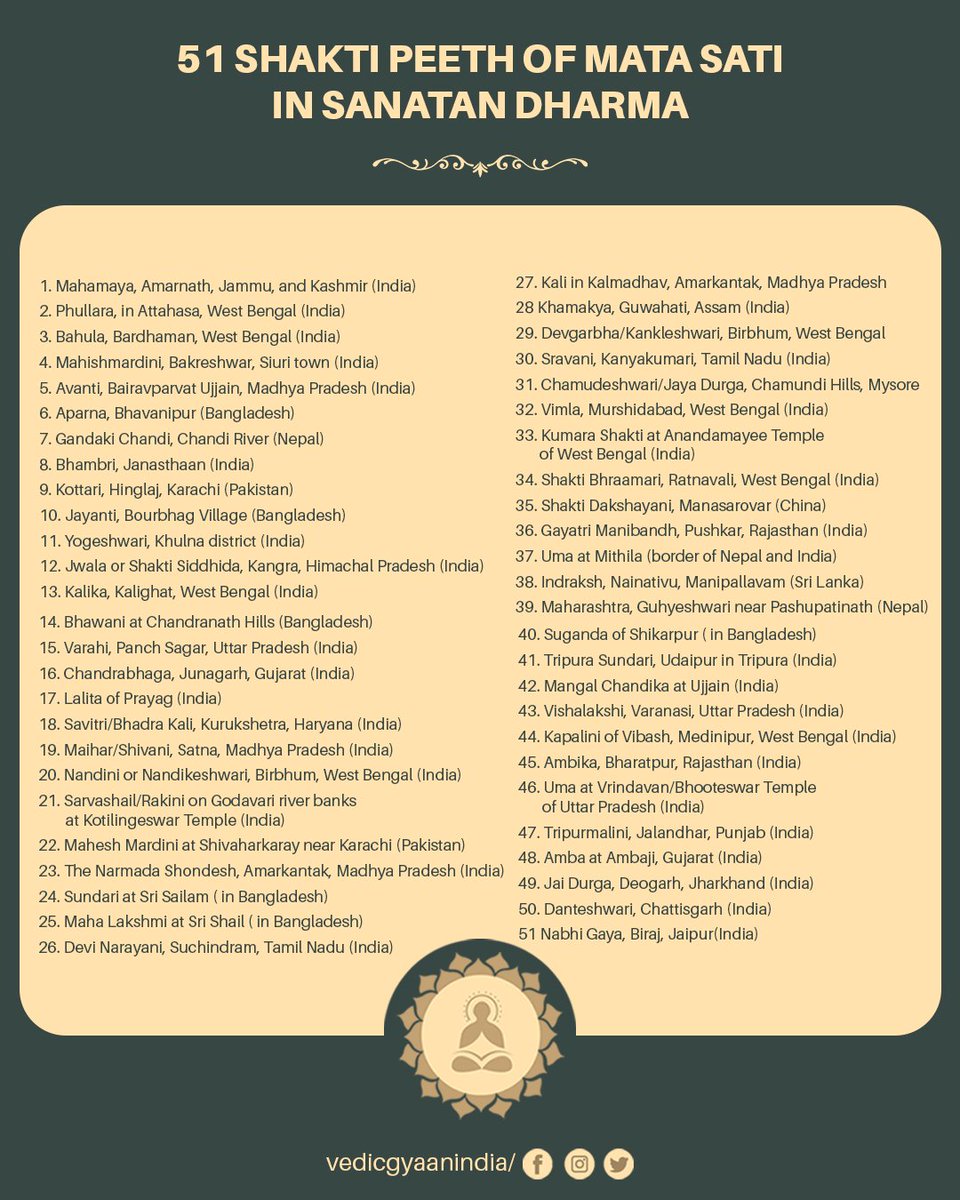
“दशानन लंकेश्वर”- The depiction on this panel on one of the walls of the Virupaksha Temple is called Ravananugraha showing the ten headed Ravana lifting Mount Kailash with his twenty arms.
.
Ravana” means “terrifying cry” and “Ravananugraha” means “kindness to Ravana”.
.
Ravana” means “terrifying cry” and “Ravananugraha” means “kindness to Ravana”.

Ravana, the demon king of Lanka, once defeated and looted residence of his half-brother Kubera on Mount Alaka, which is in the area of Mount Kailash.
But on the way back through the air to Lanka, the Pushpaka Vimana was not able to fly over a mountain forest. Shiva’s sacred bull
But on the way back through the air to Lanka, the Pushpaka Vimana was not able to fly over a mountain forest. Shiva’s sacred bull
Nandi explained to him that he, Ravana, could not cross this area and should not disturb. Hearing this, Ravana answered by insulting him. In turn, he was cursed by Nandi. Ravana, full of disdain, then uprooted this entire mountainous area and lifted it. But when the mountain
trembled because of this, the deities dwelling on it were also shaken. Shiva, the Greatest of all Gods, disturbed by the demon king of Lanka, then, only as in sport, pressed the mountain back with his great toe. The mountain caught Ravana’s arms and the demon could not move away
any more. When Ravana felt the pain in his arms, he set up a shout so loudly that the threefold universe – heaven, earth und underworld – were shaken tremendously.
.
Finally, the Great God Shiva was pleased and set free Ravana’s hands and said to him:- “Pleased am I with thee on
.
Finally, the Great God Shiva was pleased and set free Ravana’s hands and said to him:- “Pleased am I with thee on
account of thy hymns. And as in consequence of thy arms having been hurt by the mountain, thou hast uttered a terrific yell, which struck horror unto the three worlds and put them shaking, therefore, O King, thy name shall be Ravana. And deities and men and Yakshas and others
living on earth shall call thee Ravana – terror to the creatures.”
.
And it was the grace of the Great God and his turning to the wrongdoer that gave the name of this story, “Ravananugraha. “Anugraha” is a Sanskrit term for “favour”.
Credit - @sangmesh_27
.
And it was the grace of the Great God and his turning to the wrongdoer that gave the name of this story, “Ravananugraha. “Anugraha” is a Sanskrit term for “favour”.
Credit - @sangmesh_27
• • •
Missing some Tweet in this thread? You can try to
force a refresh







